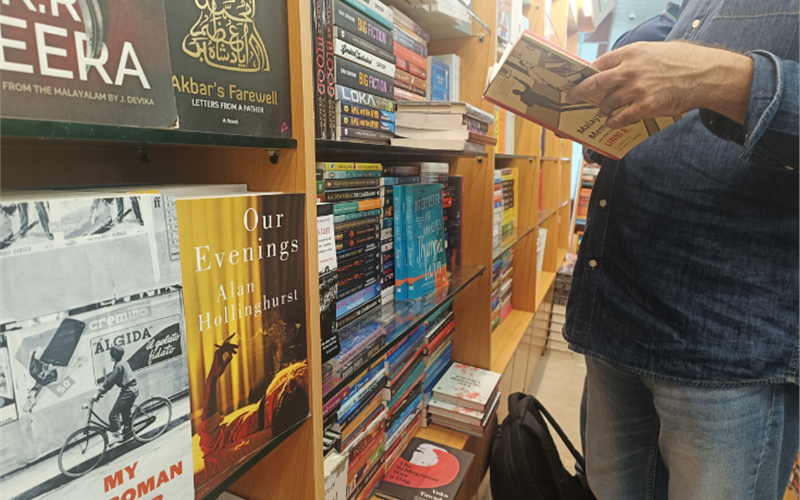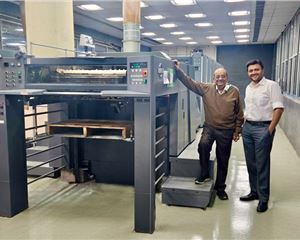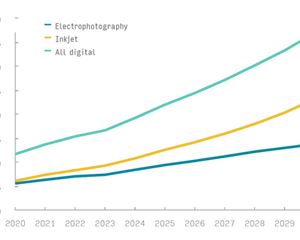Why India’s lofty education goals needs printing power
Sai Deepthi talks to educationists and academics in order to understand the importance of ASER and how it fuels print along with foundational literacy can boost the future of children.
10 Mar 2025 | By Sai Deepthi P
The Annual Status of Education Report (ASER) 2024 paints a nuanced picture of India’s post-pandemic educational recovery. While foundational literacy and numeracy (FLN) skills show improvement, gaps persist: over 70% of Class I students struggle to read words, and 55% of Class V children cannot read Class II-level texts. As far as the printing and publishing industry is concerned, there is a boom in digital learning and smartphone penetration in rural households. This, experts say, could have an indirect effect on the industry. But the data shows that the days of digital devices replacing print are far off as only 57% of adolescents use these devices for learning.
The true extent of the adoption of digital learning in classrooms remains unmeasured; education experts emphasise that printed materials remain indispensable. PrintWeek spoke to educators, institutional leaders, to explore how print can evolve to adapt in this hybrid learning era.
Despite digital advancements, physical learning resources retain unique advantages when it comes to focused learning. Sri Charan Lakkaraju, founder & CEO, Student Tribe, said, “62% of students feel more focused reading physical books versus 42% with digital screens. Print eliminates distractions and remains critical for learners lacking reliable tech access.”
Echoing this, Prof Jyotsna Bhatnagar, dean, MDI Gurgaon, said, “With 55,000 printed books in our library, we recognise that the tangible experience of reading, annotating, and engaging with printed materials enhances comprehension and retention. It’s not about choosing between print and digital—it’s about harmonising both.”
Sandeep Rai, founder, The Circle India, acknowledged ASER’s encouraging trends—80% of schools now prioritise FLN, and early enrollment has risen—but cautions against complacency saying “While Tamil Nadu, Punjab, and Maharashtra show 10%+ gains in foundational skills, 55% of Class V students still can’t read Class II texts. We’ve taken a step forward, but the journey is long.”
For publishers, this signals an opportunity to address systemic gaps. Rai adds, “Grade-appropriate, culturally relevant materials are vital. Our programs prioritise sourcing rigorous, contextually aligned resources.”
Hybrid models are emerging as a solution. Gaurav Bhagat, founder, Gaurav Bhagat Academy, advocates for integration, “82% of Indian students find print improves comprehension, but innovation is key. Think workbooks with QR-linked case studies or simulations blending tactile and digital learning.”
Prof Bhatnagar cited MDI Gurgaon’s strategy, “Our faculty-authored books, like Corporate Governance: Principles and Practices, serve as springboards for digital discourse. “90% of learners trust print for deep knowledge, but content must evolve. Printed materials should launch students into action-driven experiences.” Lakkaraju adds, “The key to helping students thrive is finding the right balance between digital and print resources—ensuring that all students can achieve their full potential.”
The ASER presents a dual reality, digital tools are reshaping education, but print remains a cornerstone for those who lack access to digital learning.
PrintWeek's verdict
Print is not fading away. Having said that it needs to adapt. Publishers are encouraged to innovate with bite-sized, multilingual content and embrace hybrid models, to continue to play a pivotal role in sustaining India’s educational momentum. In short, innovation and integration seems to be the way forward.












 See All
See All